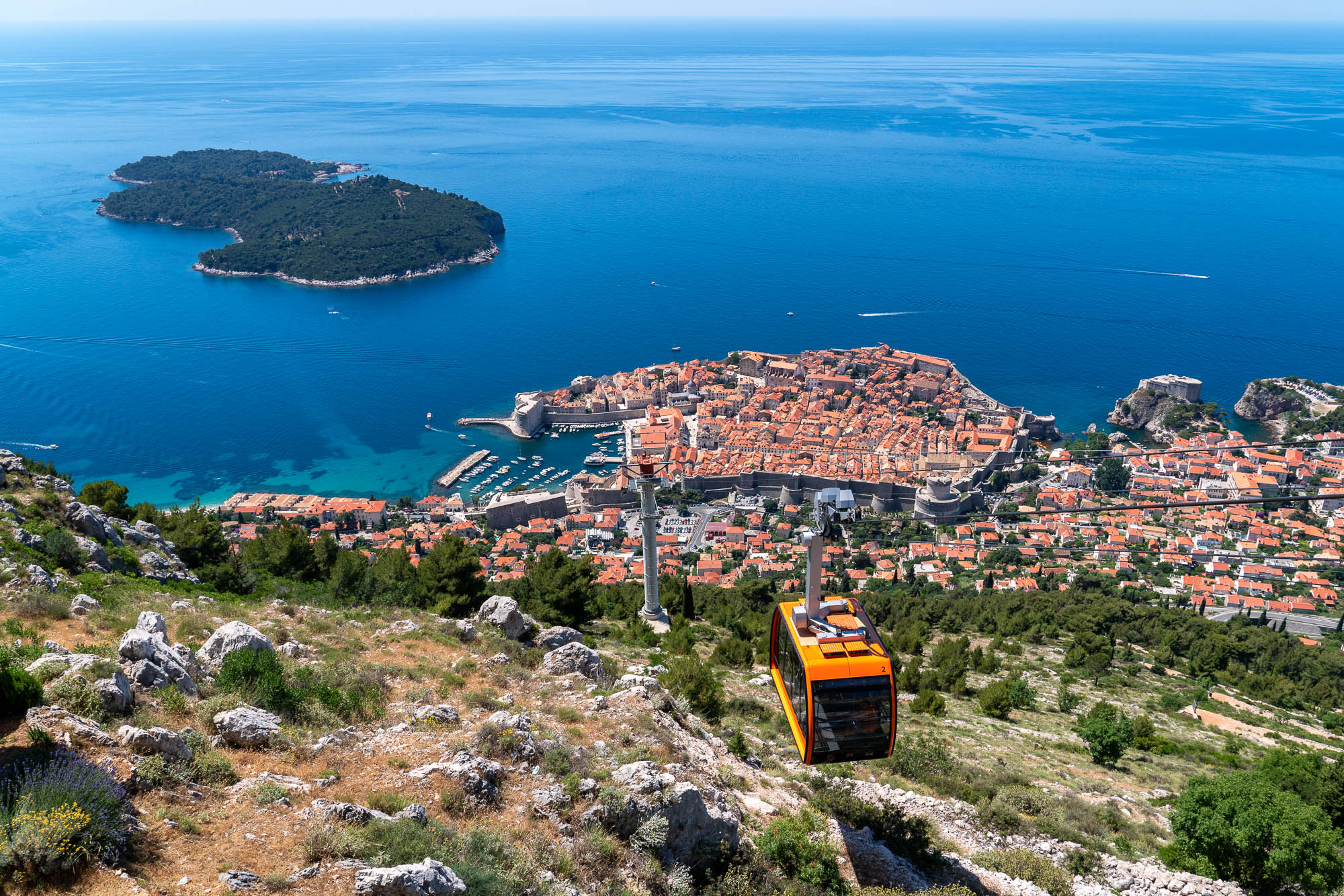Introduction
Like I said in my last post about May, I changed things up from my plans to visit South America and decided to return to Europe for the first time in 4 years. I spent the first few days visiting a friend in Vienna, Austria, before continuing on to a completely new part of the world for me, the Balkans!
Austria
I had been chatting with this friend I met in Costa Rica earlier this year about going to visit her and she offered to let me stay in her spare room in Vienna for a few days. In talking about what we were up to this summer, she mentioned that she was planning to go diving in the Red Sea and I asked if I could join! She checked and there was still space, so I packed a second suitcase full of underwater camera equipment to use in July for that trip. It was perfect because I could leave it in her spare room without needing to drag a second bag all over the continent. Thanks Julia!

I really enjoy Vienna, and had a great week exploring parts I hadn’t seen previously and going for long exploratory runs (a separate article about a great runseeing route coming soon). I also used the time to plan out the rest of the month, ultimately deciding I would attend a remote work/digital nomad conference in Bansko, Bulgaria at the end of the month. Then I worked back from that event’s start date to fill in a Balkans sampler itinerary wherein I’d hop around to get a taste of a part of Europe I’d never explored before.
Dubrovnik
I decided to start that journey in the tourism fairytale city of Dubrovnik, Croatia! This gem of the Adriatic has seen its share of tourist overload since becoming super famous as the real world setting of the Game of Thrones‘ capital city of King’s Landing. Pre-pandemic, Dubrovnik was struggling under the crushing weight of endless bus tours, mammoth cruise ships, and chaotic traffic. Thankfully, in this new world, the city has chosen to limit how many cruise ships can be nearby and tourism numbers are about half of what they were in 2019.

All that said, the historic old city is still crowded, its labyrinthine alleyways still a sea of people as the day gets going. I found that I liked exploring most first thing in the morning and late at night when the stone pavers reflect the yellow glow of streetlights. Try staying just outside the Pile Gate to be in the perfect spot for short stays in the area.
I found it difficult to find cafes or any place to suitably work remote while in Dubrovnik. There is a slowly growing community of remote workers who are really trying their hardest to make the area an inviting place for nomads. If you go, be sure to get in touch with Becky at Vibe Croatia to find out what events are going on in the area.
Montenegro day trip
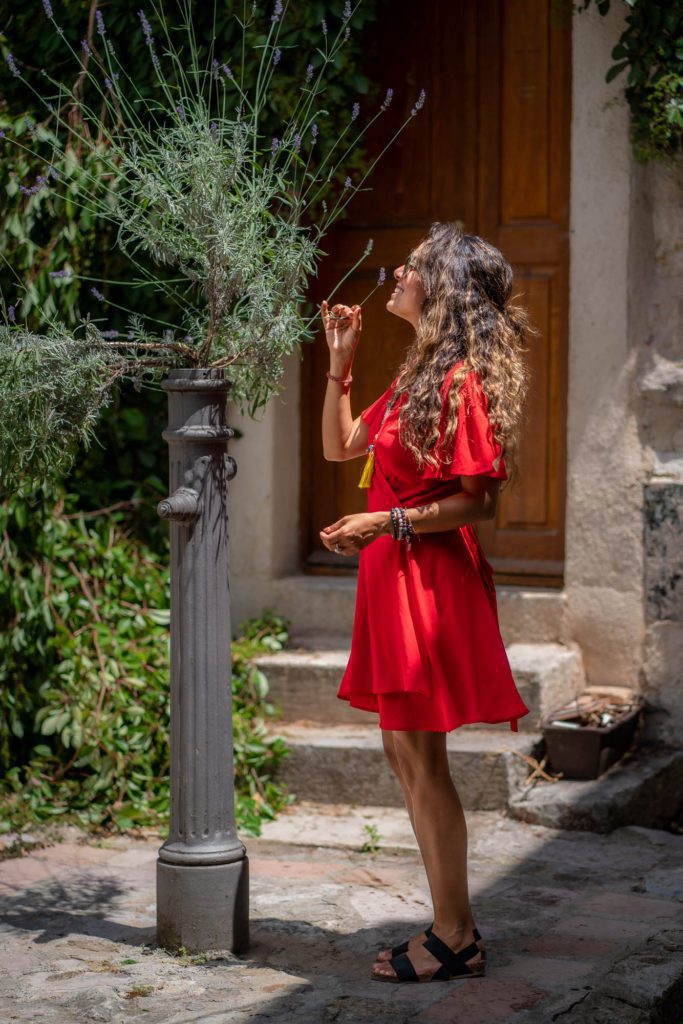
Through the Vibe Croatia group, I went sailing around Dubrovnik one weekend day and the other I met up with two other nomads to rent a car and make the short two hour drive down to the tiny Balkan nation of Montenegro!
Caroline, Karla, and I drove south out of Dubrovnik and then started our day by stopping at a small cafe on the shores of the Bay of Kotor, a massive inland bay that would be the coastal guide for everywhere we ventured for the day.
After refueling, we headed to the old walled town of Kotor at the far end of the bay. There has been a town here since at least the 5th century BCE, but much of the current structure dates to the Venetian Republic from 1420 to 1797. It’s easy to spend hours wondering the old streets and that is exactly what Karla and I did after leaving Caroline to enjoy a few glasses of wine at a cafe. We each got to spend our time doing what we enjoyed best.
After Kotor, we headed back the way we came and stopped in the bayside village of Perast. This quaint little two road town is known for its seafood with shellfish farms dotting its shoreline. We spent several hours lounging and swimming at Pirate Bar on the western edge of Perast. Not the fanciest place, but we enjoyed it nonetheless.
We finished our day in Montenegro by having dinner at Boka Seafood, a tiny four-table seaside restaurant halfway between Perast and Risan on the Bay of Kotor. It was the shortest distance farm-to-table restaurant I’ve ever enjoyed as we watched our waiter scoop baskets of oysters and mussels straight from the water’s edge next to our table to his work station to shuck. We washed the meal down with local wine served from large unlabeled glass carafes. A truly perfect way to end a wonderful day.
Split
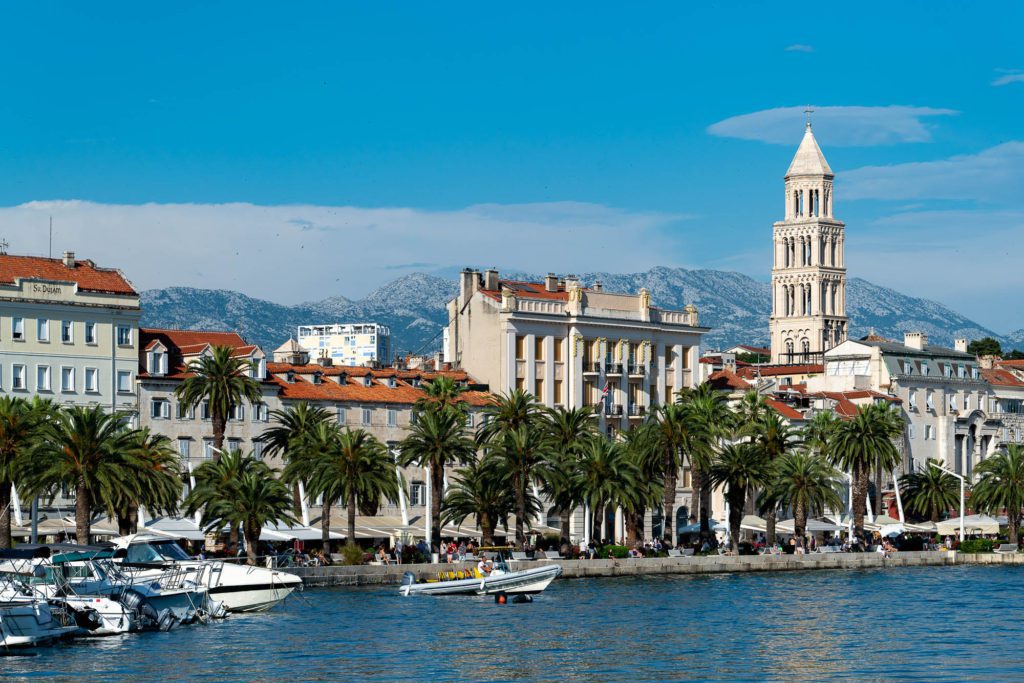
After a week in Dubrovnik, it was time for a change, so I jumped on the local bus and headed north to Split. This city is much bigger, less touristy, but still had loads to see and I instantly loved it. The old town occupies the former palatial home of Roman Emperor Diocletian. Its walls have been integrated into buildings, shops, bars, and restaurants and the blend is seamless. Climb the steps of the Saint Domnius Bell Tower to give yourself a bird’s eye view of the beautiful city. I highly recommend getting the combo ticket that gives you access to the tower, the cathedral, a museum, an ancient temple, and the crypts.
My friend Karla joined me for a few days of my time there and we enjoyed an all day boat tour to some of the outer islands and then on our a second day together, we explored old town and hiked all over the area.
Serbia
After Croatia, it was time to start making my way toward Bulgaria for the upcoming conference. I had 6 days unaccounted for so I decided to spend three days each in Belgrade, Serbia and then Sofia, Bulgaria. Having just a few days in Belgrade while also continuing to work made for a chaotic mini visit. I would get up early, have breakfast at my hotel, then head out to explore for a few hours, grab lunch, then head back to the hotel before starting to work for the next 4 or 5 hours, break for dinner and then a couple more hours work, before heading to bed. I didn’t do nearly as much exploring as I had hoped, but it just means I need to return.

It was interesting to see somewhere that was so dissimilar to Europe, yet still on the same continent. The strong Russian influence was everywhere, from “Z” anti-Ukraine military propaganda graffiti to giant framed photos of Putin in churches. On a couple of occasions, I was told by several Serbs I met that “oh you’re American? You bombed us” in reference to the NATO-led campaign in 1998 and 1999. Long-held anger for NATO was still quite evident. I wondered if this is what Bulgaria would be like with a bit of trepidation, but I tried to keep an open mind.
Bulgaria and NomadFest
A bit nervous that Bulgaria would be more of the standoffish nature I got from the Serbs, I was very happy to discover none of that animosity in Bulgaria. I instantly loved Sofia on my first wander around the center. I walked a few blocks from my hotel and came upon a french fry shop having an open air party dj and all blasting music and dancing in the street. A further two blocks on and I came across a swing dance troop performing for a crowd of people under the shade of big trees. And a bit beyond that, I caught sight of the epic St. Alexander Nevsky Cathedral standing tall in the central garden filled capital.
Another nice feature to explore in downtown Sofia, is the Ancient Serdica Complex. This outstanding archeological complex was buried underneath the modern city until excavations from 2010 to 2016 unearthed the extensive ruins. And the best part is they are free to visit. Marvel at the ancient Roman city from half a dozen different entry points throughout the downtown core.
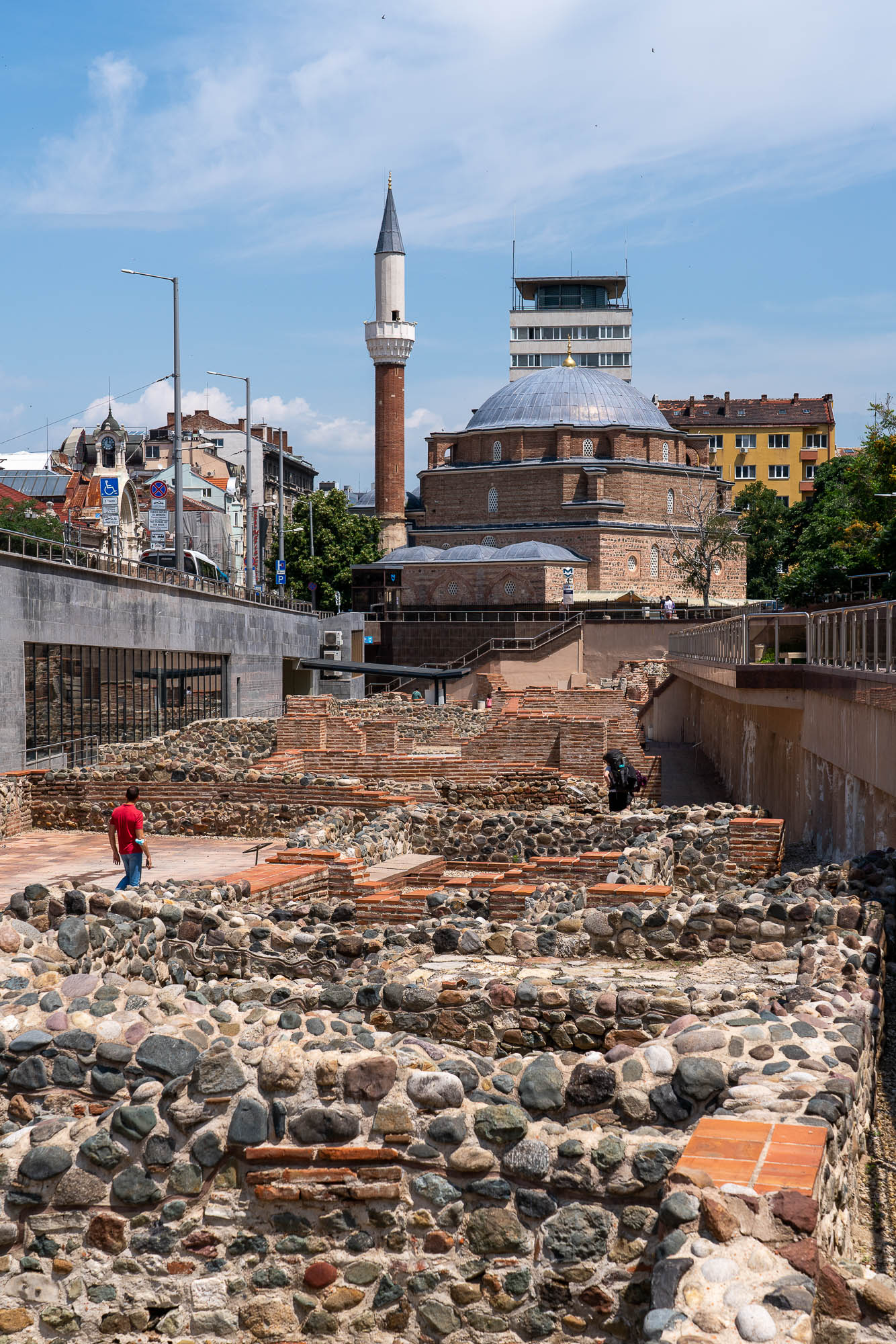

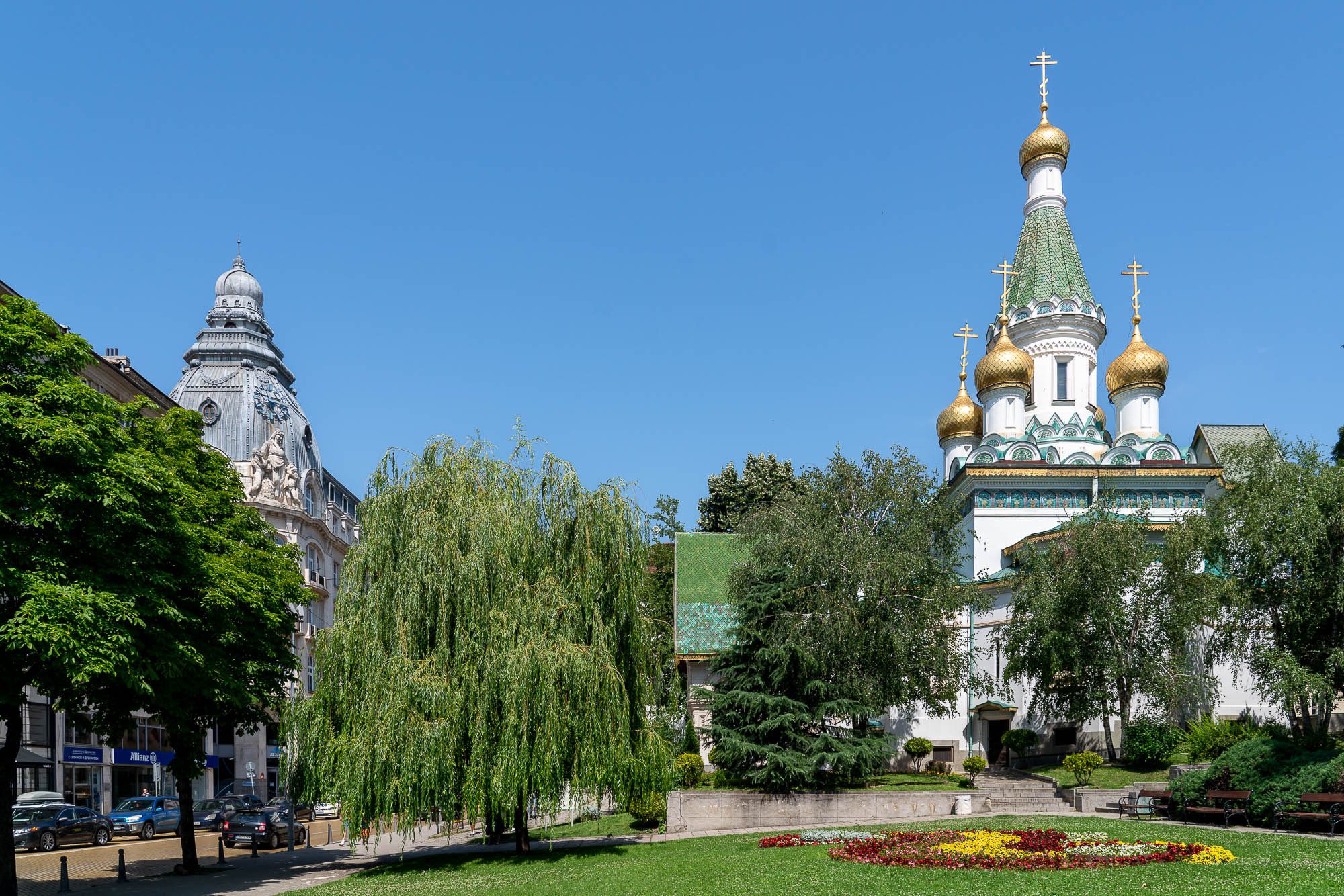
After a short few days in Sofia, I took a transfer to the southwestern mountain town of Bansko for the 8 day festival and conference Bansko NomadFest. For the week, nearly 700 nomads, remote workers, and freelancers descended on this quaint village for hundreds of talks, activities, mixers, and workshops. It was invigorating being surrounded by so many like-minded people who totally got why I live the way I live.
I made multiple fast friends, caught up with others I hadn’t seen in months, and overall had a fantastic time. I can easily see why so many people have gravitate to this odd little place hidden away in a forgotten corner of Europe. The phenomenal Coworking Bansko being a primary driver of that migration. This network of four coworking offices runs the festival and introduces many to the welcoming culture of Bulgarians. It was not unusual to find many foreigners talk of buying property to stay in this lovely locale. And I could see why with one bedroom furnished apartments starting around €30,000!
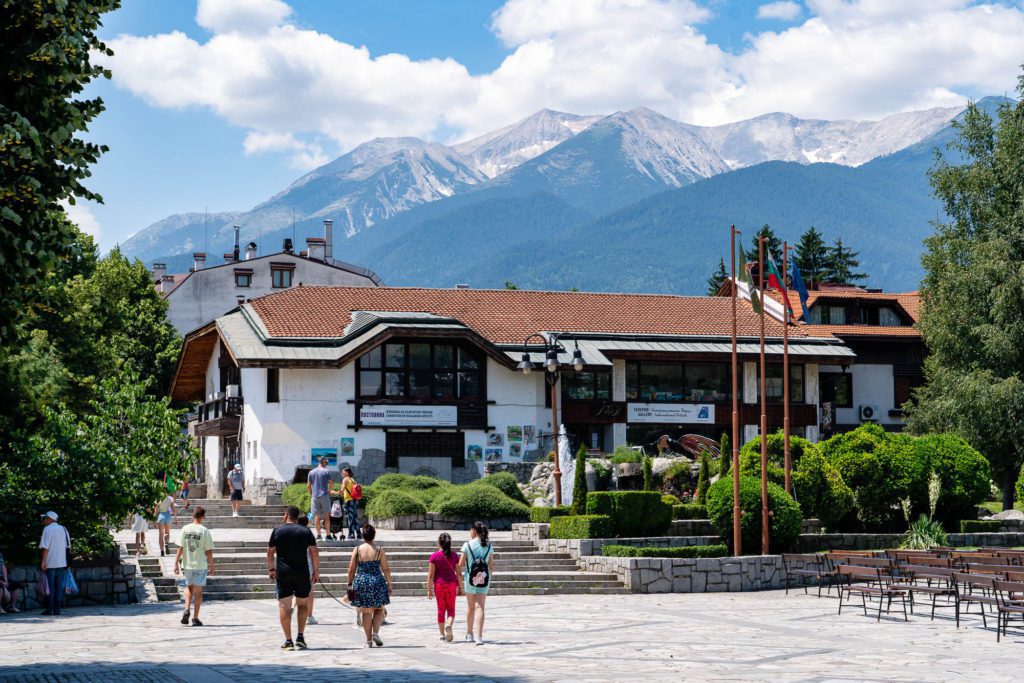
Bansko is a place I have to get back to as I made several friends who live there permanently. In the summer there are loads of outdoor activities like rafting, mountain biking, and hiking, and in the winter, it is the top ski destination in the Balkans. Now I only have to figure out when to fit in a return!

Where I’ve Been
COUNTRIES VISITED: 7
United States, Austria, Croatia, Montenegro, Bosnia (kind of), Serbia, Bulgaria
CITIES VISITED: 9
Orlando, Vienna, Dubrovnik, Kotor, Perast, Split, Belgrade, Sofia, Bansko
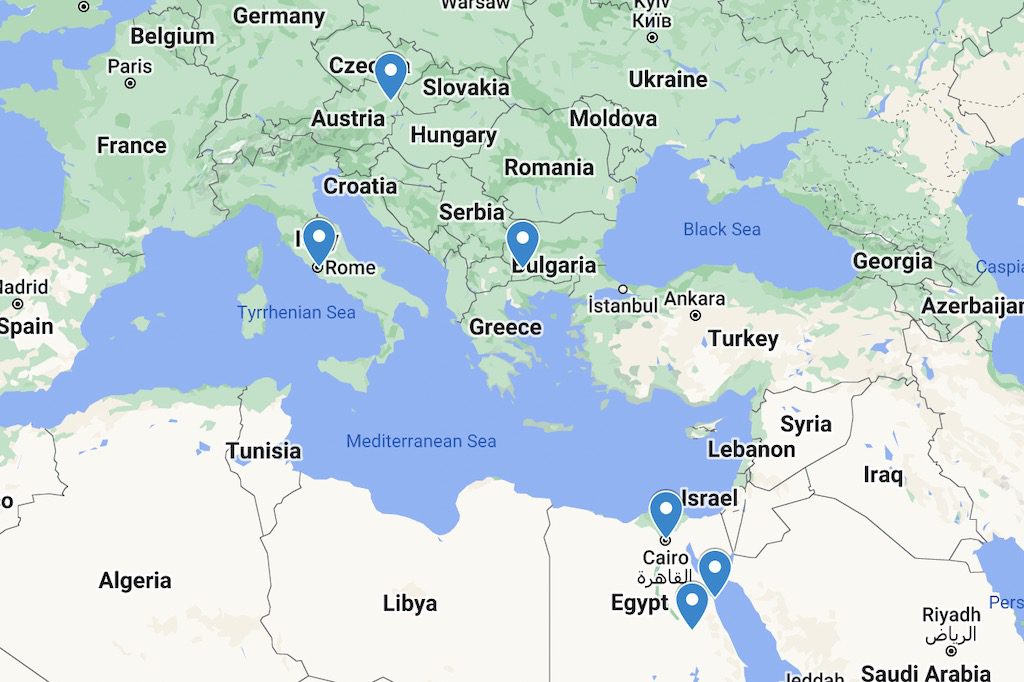
Where I’m Going
In July, I planned to finish up my time in Bulgaria before returning ever so briefly to Vienna, grabbing my dive gear and hopping on a plane to the Egyptian coastal village of Hurghada before boarding a weeklong scuba diving liveaboard. Afterward the plan was to spend 12 days exploring Luxor and Cairo before heading to Rome to finish out the month.
